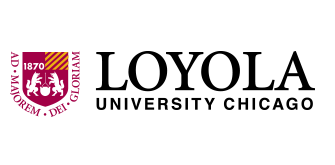Major
Environmental Engineering
Anticipated Graduation Year
2021
Access Type
Open Access
Abstract
The Swan Lake attraction at Brookfield Zoo is continually in a eutrophic state every year because of nutrient loading. This abundance of nutrients caused by goose droppings leads to an excess growth of duckweed and watermeal. The dissolved oxygen of the lake decreases drastically as a result of these plants covering the lake’s surface, restricting oxygen exchange between the lake and the open air and preventing sunlight from reaching underwater plants that produce dissolved oxygen, thus endangering the fish population. It is crucial to remove the duckweed to reduce nutrient levels and increase the dissolved oxygen in the lake.
Community Partners
Brookfield Zoo, Chicago Zoological Society
Faculty Mentors & Instructors
Dr. Gajan Sivandran, Clinical Assistant Professor, Engineering Department
Supported By
Brookfield Zoo, Chicago Zoological Society, International Lemna Association
Creative Commons License

This work is licensed under a Creative Commons Attribution-Noncommercial-No Derivative Works 3.0 License.
Swan Lake Remediation and Resource Recovery
The Swan Lake attraction at Brookfield Zoo is continually in a eutrophic state every year because of nutrient loading. This abundance of nutrients caused by goose droppings leads to an excess growth of duckweed and watermeal. The dissolved oxygen of the lake decreases drastically as a result of these plants covering the lake’s surface, restricting oxygen exchange between the lake and the open air and preventing sunlight from reaching underwater plants that produce dissolved oxygen, thus endangering the fish population. It is crucial to remove the duckweed to reduce nutrient levels and increase the dissolved oxygen in the lake.


